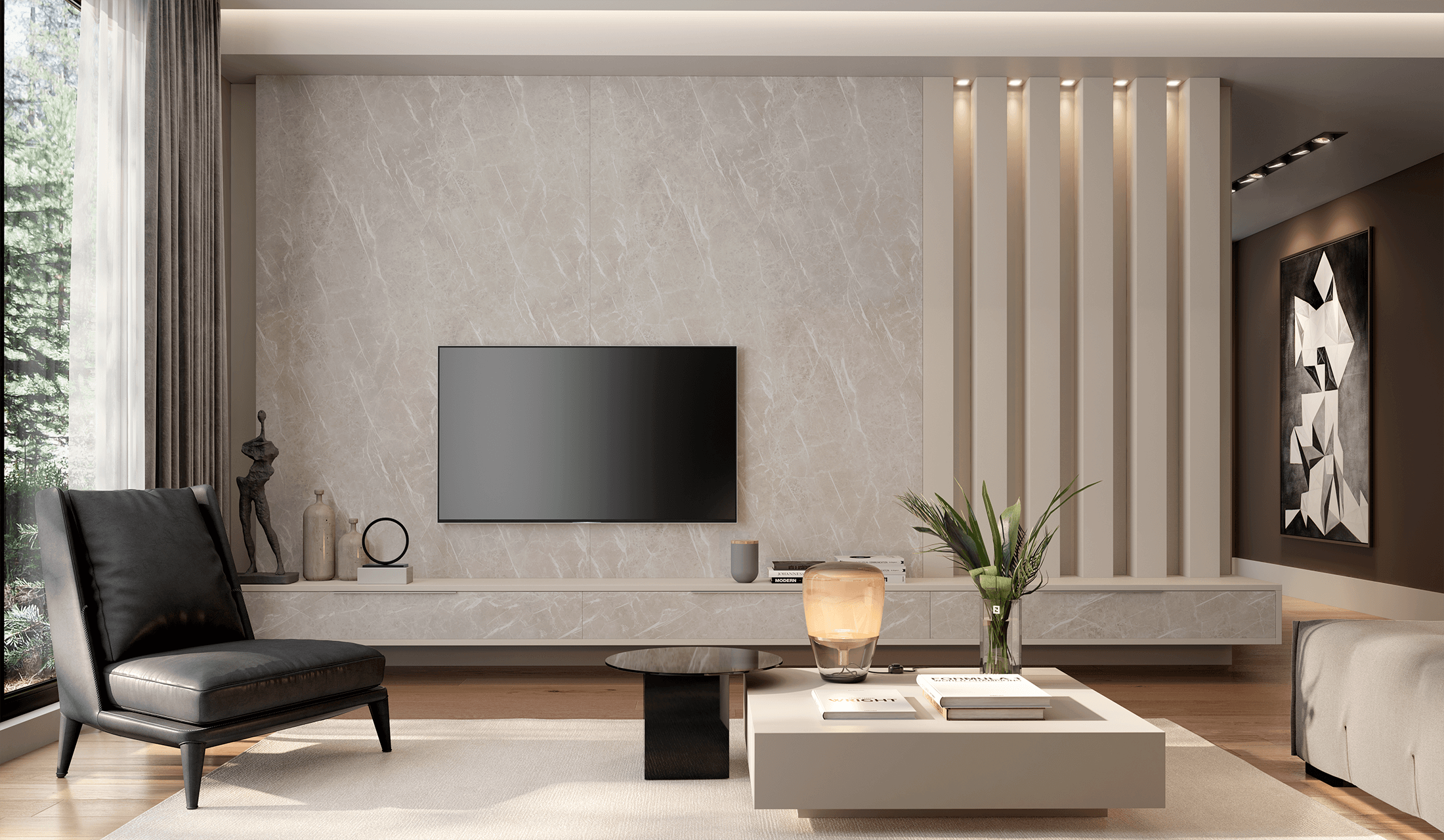
Wood-paneled walls are a great way of modernizing space and providing interiors with texture and depth.
If you are considering adding a touch of elegance to your woodwork about this added touch of elegance in your woodwork projects, keep reading. You’ll find tips and specs on how and where to choose the ideal wood panel for your project.
Picking the right wood panel for your wall
Before you pick a wood panel for your wall, you want to consider the overall looks of your space. If your style is more rustic you can pick more rugged and natural panels. Now, if you wish more modern and elegant flusher panels are in.
And the quality of the wood panel on your radar is as important as the looks. Make sure you’ll say yes to a high-quality panel, that is durable and won’t easily deform or crack.
Things that every carpenter should know in a project with wood-paneled walls
There is a myriad of wood cladding materials used by architects and carpenters to enhance indoor aesthetics. To select the best material, these tips cannot be overlooked:
Design
A good project of interior paneling calls for undisputed attention to detail. When wood panels are considered, technical specs must cover it all: from the exact materials to grain direction, panel woodwork, installation specs and precise dimensions.
Sequencing
That is about organizing the veneer flitch in a panel, so as to create that even look. Which can be divided in:
- Running Match:
Here, each panel face is made with as many veneer sheets as needed, which will cost less, but results in different widths. - Center Balanced:
The veneer sheets must have the same width before the edges are trimmed. The number of sheets can be even (balance and center combined) or odd (corresponding balance) and changes from panel to panel. - Correspondence of Grain:
Known as the combination of wall panels in terms of color and grain.
There are two main types of veneer correspondence:- Sequenced Match:
Panels with even height and width are made in sequence, so adjacent panels have matching colors and grain. - Sequenced and End Matched:
Panels are matched end-to-end and then, side-to-side for vertical and horizontal flush. The sheets can be bookmatched – a technique that must be specified by the design professional in the drawings.
- Sequenced Match:
Species, slicing, and match
- When choosing the wood for a project, it is important to consider the best suited species and to ensure that the integrity of that species is preserved in the process of manufacturing, installation, and finish.
- The slicing method chose is important as well – and can be rotary, simple of sliced in quarters.
- When combining veneer flitch, it is important to choose the best-fitting method. And that can be combined for simple flitch, combined for quartered and split flitch, or randomly combined for a more rustic feel.
- On top of that, correspondence between the sheets must be kept in each panel face.
Veneer Cuts
Here, one must check that the veneer cuts are adequate for the project. These have to be checked against flitch length, which must be at least 6″ longer than the required panel size. It is important to keep an eye out for any variation in sheet width during the slicing process.
Finally, there are different ways to cut veneer in order to produce unique and alluring styles, without forgetting that grain appearance depends on how the log is cut. The combination of veneers must be based on that nearly exact match of color and grain to achieve visual continuity.
Smoothness
For wood paneling of internal walls, the surfaces have to be sanded and even. When the surfaces are evened out or sanded by machines, the smoothness can be assessed by knife cuts. The more cuts per inch, the smoother the surface will be.
Smoothness can be further improved through sanding. Fine grain sandpaper is recommended to reduce streaks on the surface, which can be easily made with coarser grains.
Follow these tips and you will always deliver high-quality work and avoid the common pitfalls of architectural woodwork inspection.
Where to find quality wood panels?
We already know that wood panels are a modern and elegant way of adding texture and depth to any interior. When you choose the right panel and install it right, you’re be able to deliver gorgeous looks.
Plywood Express provides custom-made fabrication of wood panels with premium quality, FSC® certification, and controls of standard in every step of the production line.
Contact right away to explore the custom wood panels catalog to find the perfect material and add that touch of elegance to your woodwork project today.





